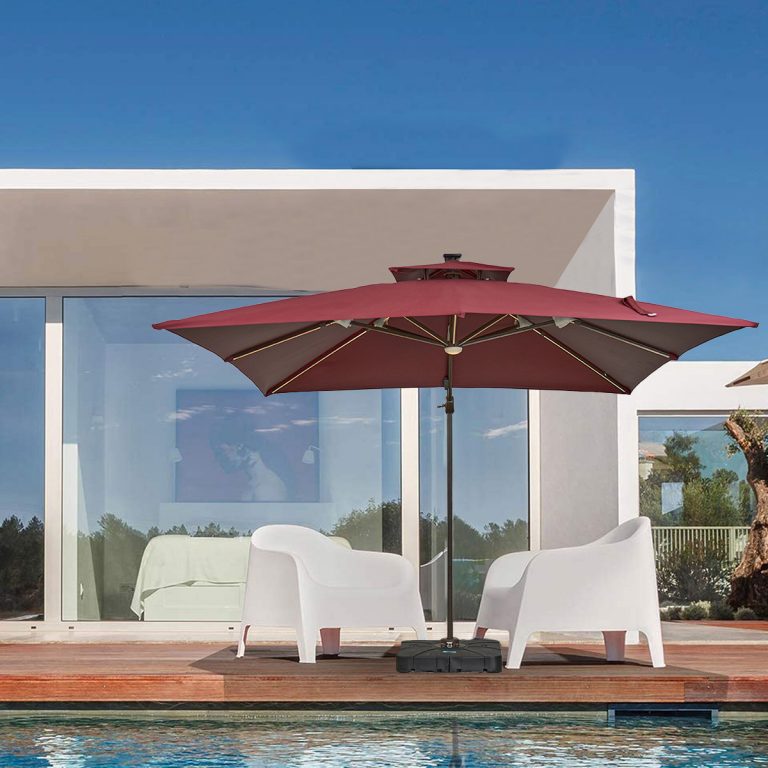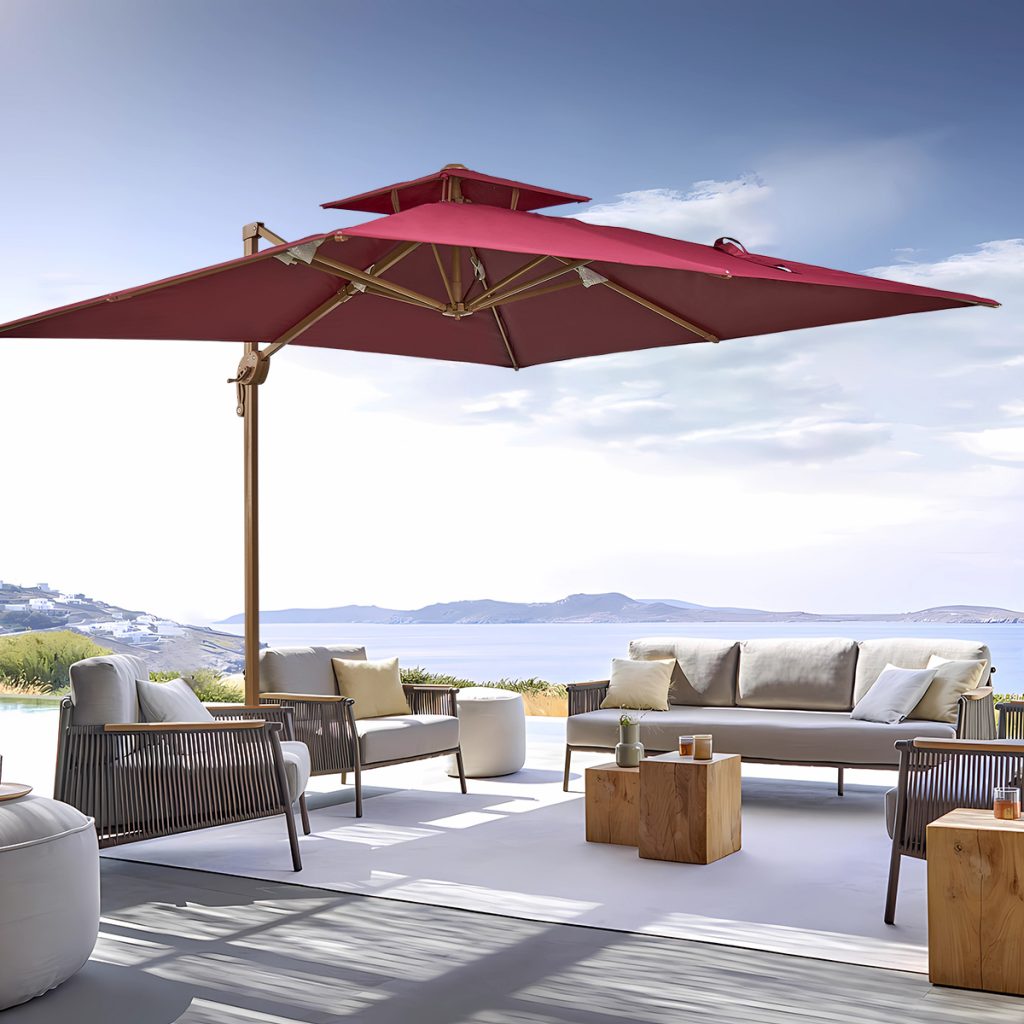
Introduction
A common frustration with sunshades? They collapse in strong winds. The key to durability lies in tilt mechanisms and structural stability—not just fabric strength.
In this guide, we’ll explore:
✔ How tilt angles affect wind resistance
✔ The best frame materials for stability
✔ Advanced engineering tricks to prevent tipping
1. Tilt Mechanisms: Flexibility vs. Wind Resistance
Common Tilt Systems
| Type | Pros | Cons | Best For |
|---|---|---|---|
| Fixed Tilt | Simple, sturdy | No adjustability | Low-wind areas |
| Manual Tilt | Adjustable angle | Requires user effort | Patios, cafes |
| Auto-Tilt | Adapts to sun/wind | Higher cost | High-wind regions |
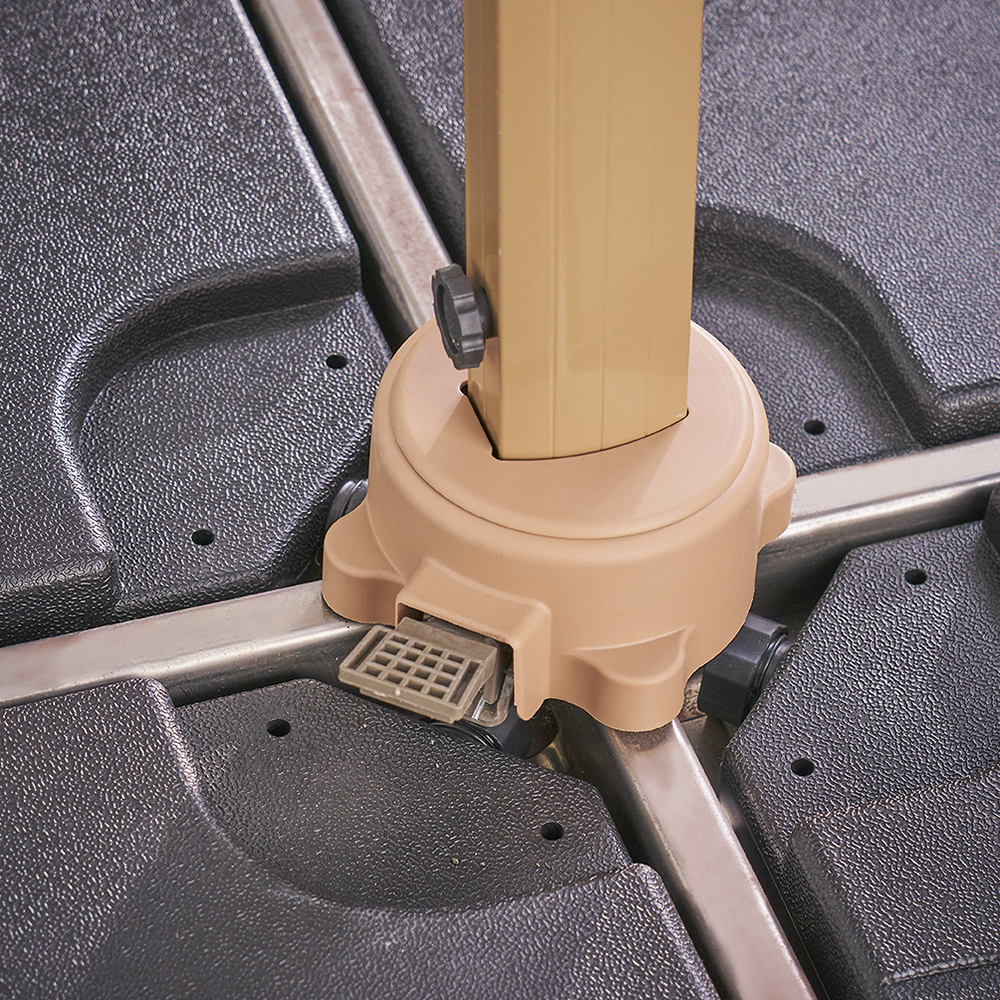
Optimal Tilt for Wind Resistance
- 0° (Flat): Best for calm weather (but traps wind underneath).
- 10°-20°: Ideal for moderate breezes (deflects wind upward).
- 30°+: Best for stormy conditions (lets wind pass through).
⚠️ Warning: Cheap tilting joints can wobble or break—look for reinforced stainless steel hinges.
2. Stability Engineering: Preventing Tip-Overs
Key Factors for a Stable Sunshade
✔ Base Weight – Heavy-duty stands (concrete, sand-filled) resist tipping.
✔ Cross-Bracing – Diagonal supports reduce lateral movement.
✔ Aerodynamic Shape – Vented or sloped canopies minimize wind load.
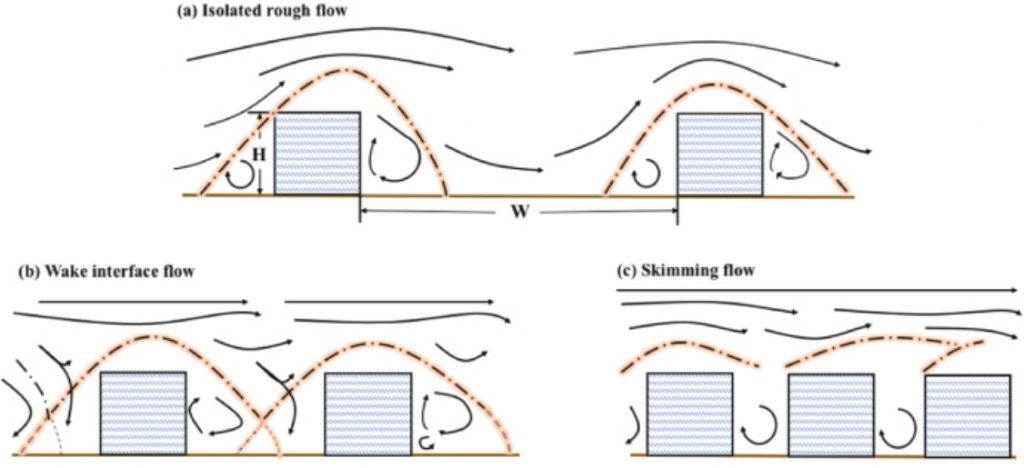
Top Frame Materials for Strength
- Powder-Coated Steel – Best for permanent installations.
- Marine-Grade Aluminum – Lightweight yet strong (rust-proof).
- Fiberglass Reinforced Polymer (FRP) – Flexible in storms.
🔍 Pro Tip: Check the warranty—brands confident in stability offer 5+ years.
3. Advanced Wind Resistance Features
Innovative Designs for Extreme Weather
- Vented Canopies – Allows wind to pass through (reduces uplift force).
- Dynamic Counterweights – Auto-adjusts balance in gusts.
- Underground Anchoring – For permanent commercial setups.
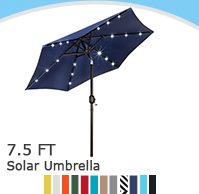
Real-World Test: What Works?
We subjected 3 sunshades to 50 mph winds:
- Basic tilt model: Collapsed in 10 minutes.
- Reinforced manual tilt: Survived but wobbled.
- Auto-tilt + vented design: Remained fully stable.
Conclusion: Invest in Smart Engineering
A sunshade’s tilt mechanism and structural design matter more than looks in windy areas. Prioritize:
✅ Adjustable tilt (10°-30° range)
✅ Heavy, rust-proof base
✅ Vented or aerodynamic canopy
🔗 Explore our wind-resistant designs: sunnyparasol.com/windproof-shades


